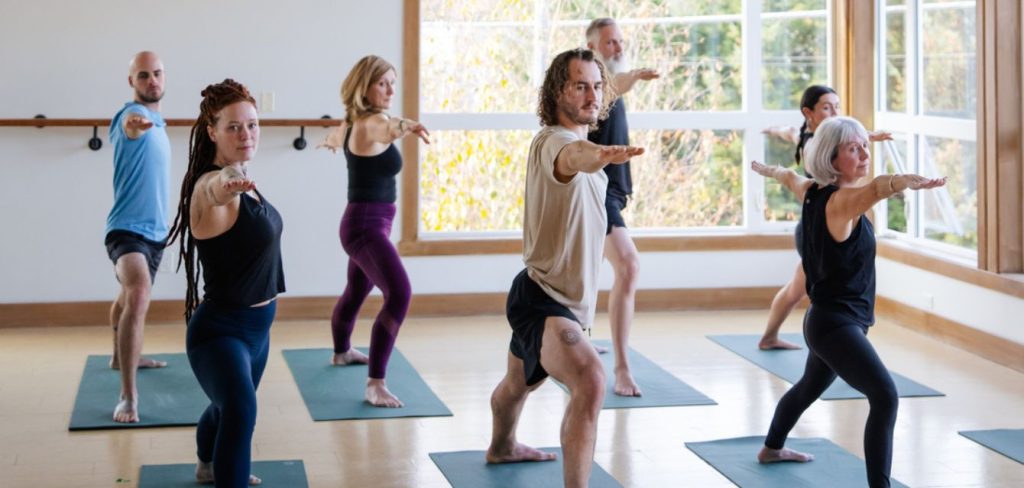The gym and fitness industry has shown rapid change in recent years. Our team has identified the top 5 industry trends within the gym and fitness industry affecting the Australian and New Zealand markets. These should be considered in development opportunities across the gym and fitness industry.
1. Discretionary income growth has resulted in increased consumer spending on high value-added gym and fitness centre services.
While budget gyms have gained popularity among casual gym-goers, premium gym chains have successfully targeted fitness enthusiasts by offering full-time personal trainers and classes-only facilities, rather than traditional full-service gym equipment. These premium gyms have also capitalised on popular exercise trends such as high-intensity interval training and functional training. Consequently, the fitness industry has seen an expansion in terms of offerings to meet the demands of consumers seeking high-quality fitness experiences.
2. The emergence of budget gyms has disrupted the traditional full-service gym market, causing major players like Fitness First to lose significant market share.
Brands such as Anytime Fitness and Snap Fitness have expanded their footprint across all states and territories. However, with this segment of the market becoming increasingly saturated, membership growth rates have slowed, and companies in this space face significant price-based competition and pressure to maintain profitability.

3. The pandemic-driven trend of consumers buying home gym equipment is likely to have a lasting impact.
Therefore the demand for traditional gym space, as some users have continued to prefer working out at home following the lifting of Covid-19 restrictions.
4. The emergence of many boutique and small-scale gyms which specialise in specific forms of fitness, staffed by highly qualified instructors is expected to continue.
Further, the popularity of yoga and Pilates is expected to increase as the benefits of flexibility and core strength gain wider recognition — particularly for the ageing population.
5. The rise of health-conscious Australians aged 55+ years.
The fitness industry is expected to experience sustained demand due to the rising health consciousness of Australians, particularly among those aged 55+ years. As the population continues to age, health and wellbeing concerns are likely to become more prevalent. The popularity of lifestyle media, social media, and improved health education in schools and workplaces are also expected to contribute to the increasing participation in exercise.
If you are interested in finding out more about development opportunities within the gym and fitness industry, as well as the datasets Location iQ have available, contact us today at hello@locationiq.com.au




